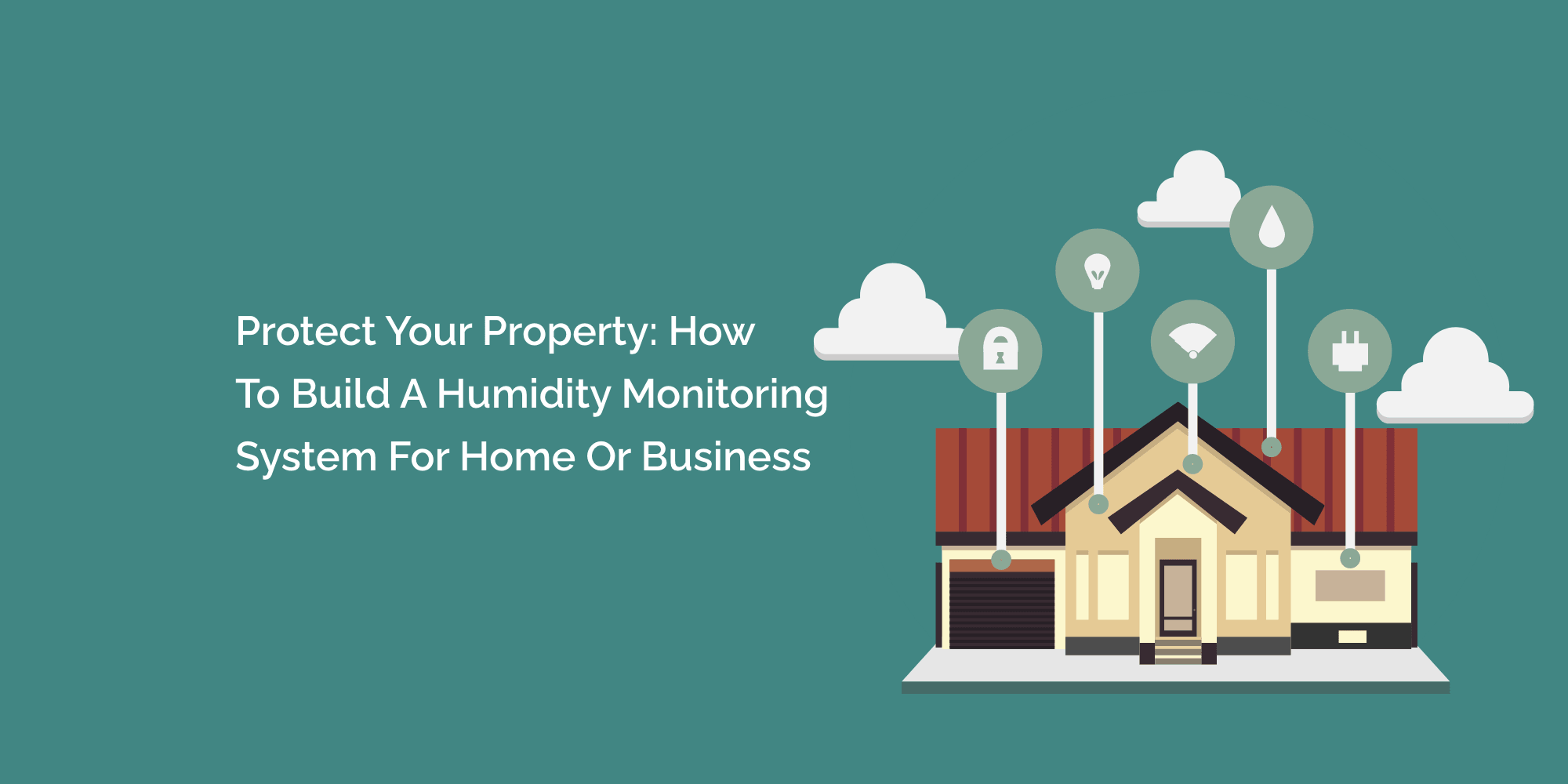Maintaining optimal humidity levels is crucial for protecting your property, whether it's your home or business. Excessive humidity can lead to mold growth, damage to wooden structures, electronics malfunction, and discomfort for occupants. To prevent these issues, it's essential to have a reliable humidity monitoring system in place.
In this comprehensive guide, we will explore how to build a humidity monitoring system for your home or business. We will cover the importance of humidity control, the benefits of monitoring, and step-by-step instructions to create your strategy. Whether you're concerned about preserving valuable assets, ensuring a healthy living environment, or enhancing productivity in your workplace, this guide will help you take proactive measures to protect your property.
Understanding the Importance of Humidity Monitoring
Before diving into the technical aspects, let's discuss why humidity monitoring is crucial for maintaining a healthy and functional space. Here are a few reasons:
- Mold Prevention: Excessive humidity creates an ideal environment for mold growth, which can lead to structural damage and health issues. Monitoring humidity levels allows you to detect and address high moisture levels before mold becomes problematic.
- Preserving Property: High humidity can damage wooden furniture, flooring, and other materials, causing warping, swelling, and decayMonitoringng and controlling humidity can protect your property investment and maintain its longevity.
- Electronics Protection: Electronics are sensitive to moisture, and high humidity can cause malfunctions or permanent damage. Monitoring humidity levels helps prevent costly repairs or replacements of electronic devices.
Building Your Humidity Monitoring System
Selecting the Right Equipment
- Hygrometer: Choose a reliable hygrometer to measure humidity levels accurately. Options include analog, digital, or intelligent hygrometers that connect to your smartphone or home automation system.
- Data Logger: Consider using a data logger to monitor humidity levels and record data over time continuously. This provides valuable insights and allows you to track humidity fluctuations.
Determining Monitoring Locations
- Identify Critical Areas: Determine the key areas in your property that require humidity monitoring, such as basements, attics, bathrooms, or rooms with valuable assets or sensitive equipment.
- Multiple Sensors: Install humidity sensors in different locations to comprehensively understand humidity levels throughout your property.
Installing Humidity Sensors
- Placement Considerations: Follow manufacturer guidelines for sensor placement. Avoid direct sunlight, drafts, or areas with excessive moisture or heat sources that may affect accuracy.
- Calibration: Calibrate the sensors per manufacturer instructions to ensure accurate humidity measurements.
Integrating Smart Home Solutions (Optional)
- Smart Hygrometers: Opt for smart hygrometers that connect to your smartphone or home automation system. This allows you to monitor humidity levels remotely and receive alerts or automate actions based on preset thresholds.
- Smart Thermostats: Consider integrating your humidity monitoring system with an intelligent thermostat for seamless temperature and humidity control.
Analyzing and Acting on Data
- Data Interpretation: Regularly review the data recorded by your monitoring system to identify trends, patterns, or potential issues. Look for any significant changes or prolonged high or low humidity periods.
- Taking Action: If high humidity levels are detected, take appropriate measures to reduce moisture, such as improving ventilation, dehumidifiers or addressing water sources like leaks or inadequate insulation. Similarly, if low humidity levels are identified, consider using humidifiers or implementing moisture-retaining techniques.
Setting Up Alerts and Notifications
- Customizing Thresholds: Configure your monitoring system to set specific humidity thresholds based on your property's requirements. This allows you to receive alerts and notifications when humidity levels exceed or fall below the desired range.
- Timely Responses: Promptly address alerts by taking corrective actions to prevent any potential damage or discomfort caused by extreme humidity levels.
Regular Maintenance and Calibration
- Maintenance Checks: Periodically inspect and clean your humidity sensors to ensure their accuracy and proper functioning. Follow manufacturer guidelines for maintenance and replacement if needed.
- Calibration Verification: Regularly calibrate your sensors to maintain accurate readings. Check against a calibrated hygrometer or consult a professional calibration service to ensure precision.
Certainly! Here are some frequently asked questions (FAQs) related to building a humidity monitoring system for your home or business:
Why is humidity monitoring necessary?
Humidity monitoring is crucial for maintaining a healthy and functional environment. It helps prevent mold growth, protects property from moisture-related damage, ensures the proper functioning of electronics, and enhances comfort for occupants.
What is a hygrometer, and why is it necessary for a humidity monitoring system?
A hygrometer is a device used to measure humidity levels. It is essential for a humidity monitoring system as it provides accurate readings, allowing you to track and control humidity effectively.
What are the benefits of using a data logger for humidity monitoring?
A data logger records humidity levels over time, providing valuable insights into humidity fluctuations. It helps identify patterns, trends, and potential issues, allowing for proactive measures to be taken.
Conclusion
Building a humidity monitoring system for your home or business is a proactive step toward protecting your property, ensuring a healthy environment, and maintaining the longevity of valuable assets. You can detect and address moisture-related issues by accurately monitoring humidity levels before they escalate.
This guide has provided an overview of the importance of humidity monitoring, step-by-step instructions to build your system, and tips on data analysis, maintenance, and professional consultation. Remember to select the right equipment, strategically place humidity sensors, consider intelligent home integration, and take action based on the data collected.








